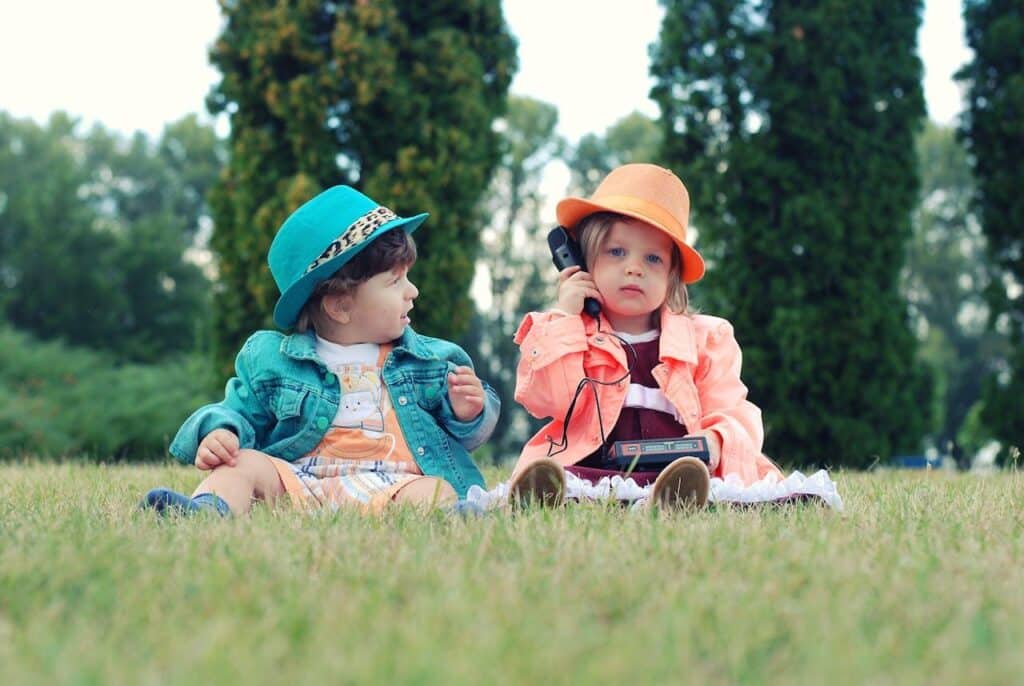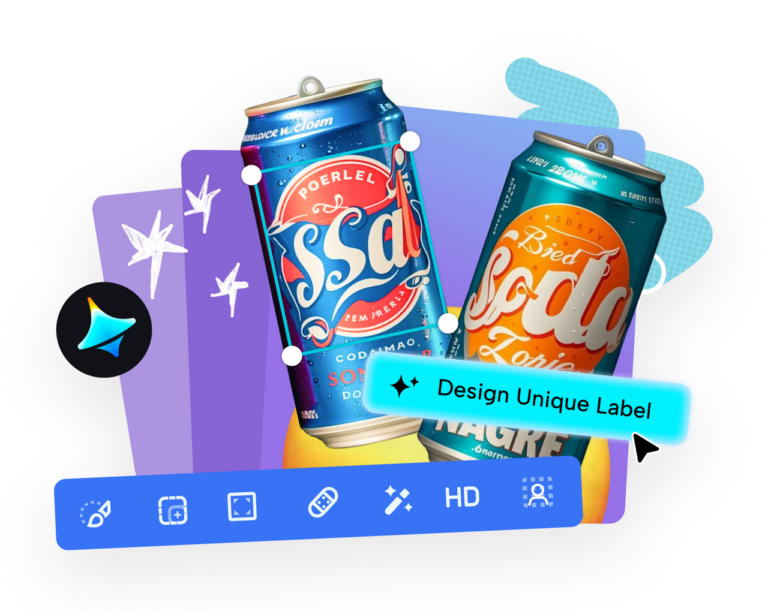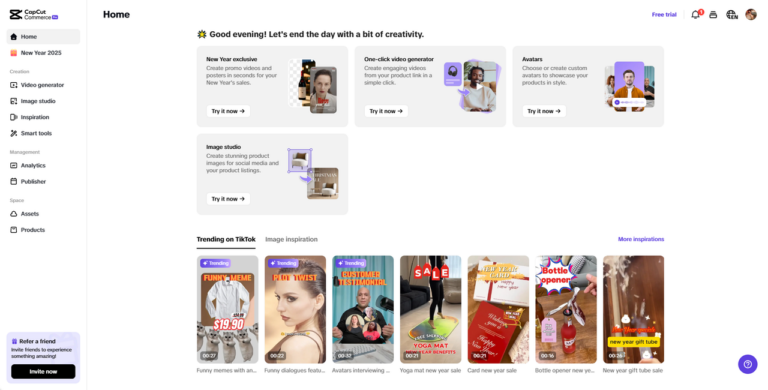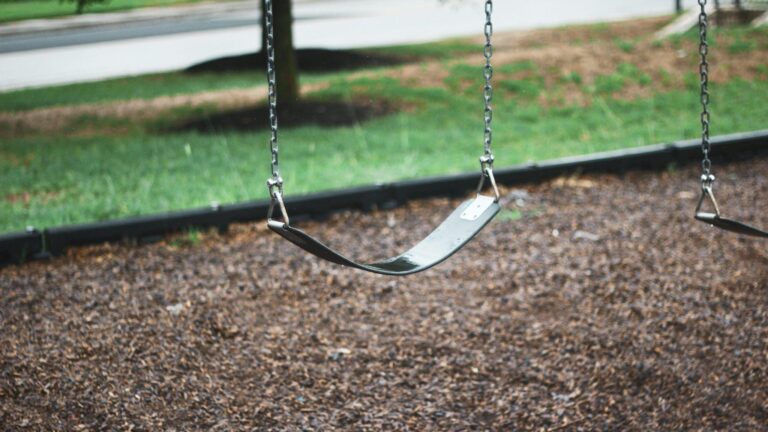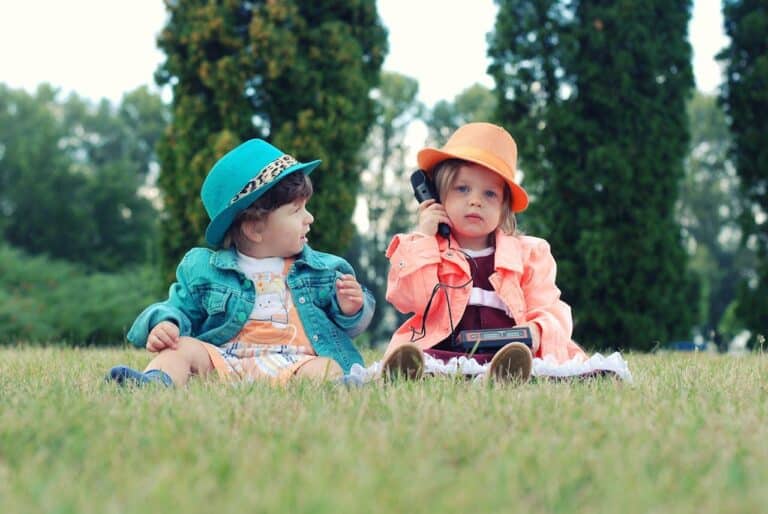What if you could hand your child an instant ticket to any world they wanted to explore? Well, you can – it’s just that the ticket comes in the form of a hat.
With just a hat, your kiddo could become an explorer, a farmer, a pirate, or even a superhero; whatever they want to at any given moment.
Indeed, a simple hat can transform playtime from ordinary to unforgettable. And the best part? When a hat becomes a “thinking cap” or a “hero’s helmet,” it’s not just a fun pretend game but also a fantastic way to build creativity, problem-solving skills, and social abilities.
Here’s how these playful accessories can open doors to creative worlds, plus tips to help your kids design their own hats for an extra dose of fun and adventure.
How Hats Promote Imaginative Play + Design Tips
For kids, a hat isn’t just an accessory, but also a fast pass into another world. The second a child slips on a hat, they can transform into anything they want.
A wizard’s hat turns them into a master of magic, while a cowboy hat sets them off into the Wild West. With a customized hat, that transformation becomes even more personal, allowing them to step into a role that feels unique to them. When kids can customize their hats – adding patches, choosing colors, picking out details – it gives them ownership over that role, making the play more immersive and personal.
Since part of the fun is letting kids design their own hats, you don’t need complicated craft supplies to do this: some fabric markers, patches, or even a few buttons can make a simple hat feel like it’s made just for them.
Another option is to try a convenient printing platform, where you and your child can design a custom hat with logo, their name, or a favorite image. Let them add their name, a favorite animal, or other decorations to make their hat feel like a true extension of themselves.
Great Make-Believe Hat Games to Try
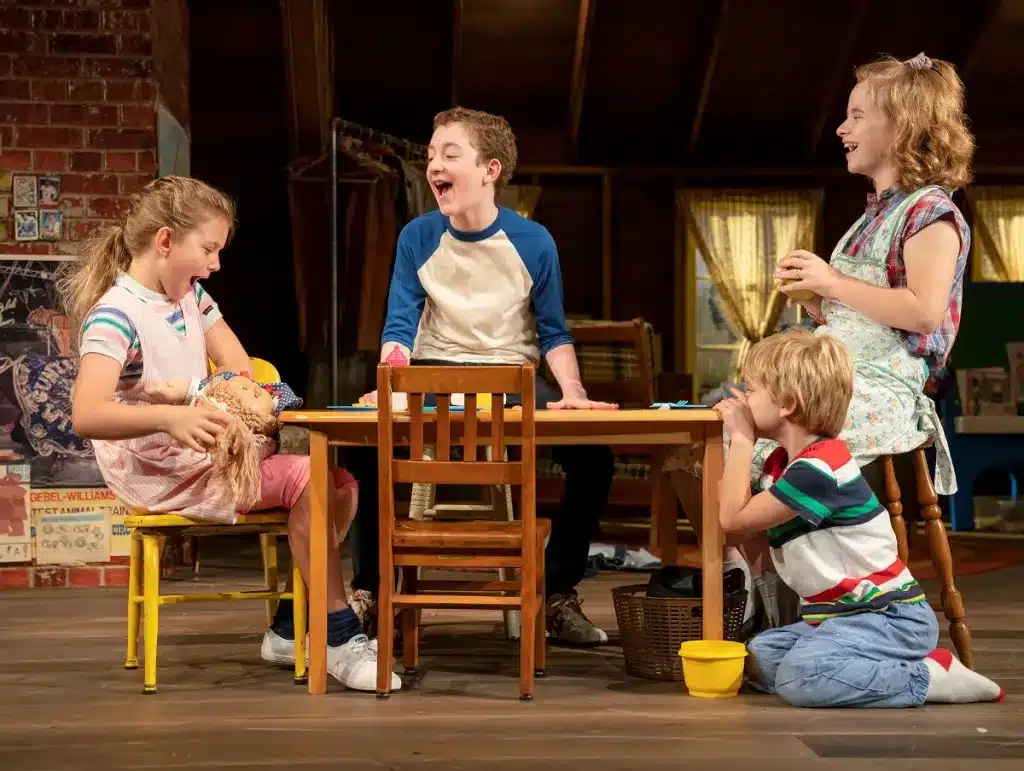
The right hat sparks endless possibilities. Think about these ideas next time you’re planning a playdate or looking for a way to encourage your kid to dive into imaginative play:
- Playtime at the Zoo (Safari Hats): Hand your kid a safari hat, and suddenly they’re a zookeeper or a wildlife explorer. Add a set of animal figures and let their imagination go wild – literally. It’s a perfect way to teach empathy and responsibility as they act out scenarios of caring for animals, while also allowing them to invent stories that add depth to their game.
- A Day on the Farm (Cowboy or Straw Hats): With a cowboy or straw hat, your little one can be a farmer, taking care of their “animals” (stuffed or otherwise). You might be surprised at how much kids love to “run” a farm – feeding their animals, harvesting imaginary crops, or organizing a barnyard parade. This game is great for not boosting creativity, teamwork and critical thinking skills as they figure out ways to “keep their farm running.”
- Time for a Fashion Show (Fancy or Themed Hats): Encourage self-expression with a variety of fun hats, like wide-brimmed hats, berets, or sparkly caps. This is a great way for kids to experiment with different styles and personalities, which encourages self-expression and builds confidence as they explore different personas in a low-pressure way.
In the end, the most important thing is to encourage your child to see each hat as a new opportunity for adventure, whether it’s a jungle safari, a fashion runway, or a wild-west showdown. While simple, these accessories can help your little one play for hours in a healthy, creative way – which is something no digital screen can really offer.

